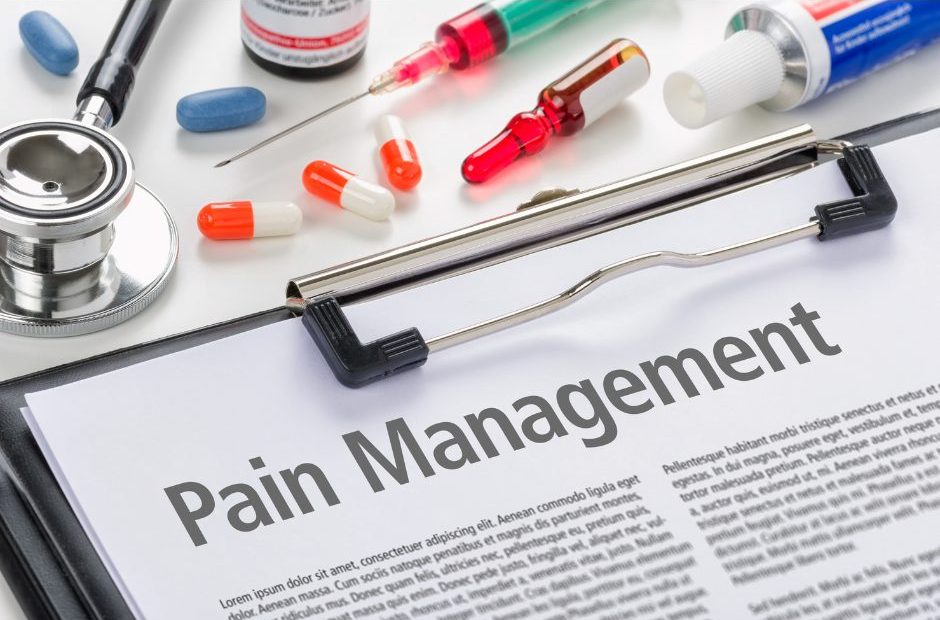The Intracept Procedure: A Revolutionary Solution for Chronic Low Back Pain By Dr. Edward Rubin,…

Understanding the 4 P’s in Pain Management
Understanding the 4 P’s in Pain Management: A Guide by Edward Rubin, MD
Pain management is a complex field, aimed at improving the quality of life for those suffering from chronic and acute pain. As a pain management specialist, I’ve seen how effective treatment can profoundly impact a patient’s daily activities and overall happiness. In my practice, I often refer to the “4 P’s” of pain management: Prevention, Precision, Personalization, and Participation. These principles help us provide the best care possible. Let’s delve into each of these aspects.
Prevention: The first P stands for Prevention. It’s much easier to prevent pain than to treat it once it has fully developed. Prevention may involve lifestyle modifications such as regular physical activity, ergonomic adjustments at work, or dietary changes. It also includes proactive medical care, such as regular check-ups and early intervention strategies. Educating patients on the signs and symptoms of various pain conditions is crucial so that early action can be taken to prevent worsening of symptoms.
Precision: The second P is Precision, which focuses on diagnosing and treating pain with the utmost accuracy. Every individual’s pain is unique, and therefore, a one-size-fits-all approach does not suffice. Advanced diagnostic tools and techniques, such as MRI scans, nerve conduction studies, and personalized assessments, are utilized to pinpoint the exact cause of pain. This allows for more targeted and effective treatment plans that address the specific needs of each patient.
Personalization: Personalization, the third P, highlights the customization of pain management plans. Since pain perception and tolerance vary widely among individuals, treatments must be tailored to each person’s specific condition, lifestyle, and preferences. This might involve a combination of medication, physical therapy, psychological counseling, and alternative therapies such as acupuncture or chiropractic care.
Participation: The final P stands for Participation. Active involvement of patients in their treatment process is essential. This means that patients are educated about their conditions and the various treatment options available, enabling them to make informed decisions about their care. Furthermore, encouraging patients to voice their concerns and experiences during treatment helps in refining their pain management plans.
Effective pain management is not just about alleviating symptoms but also about enhancing functionality and promoting overall wellbeing. By incorporating the 4 P’s into our approach, we ensure a comprehensive care plan that not only targets pain but also supports a healthier, more active lifestyle.
For those in the local area seeking expert care in managing pain, understanding these principles is the first step towards recovery. Remember, pain management is a journey we embark on together, aiming for a happier, more comfortable life.




Comments (0)